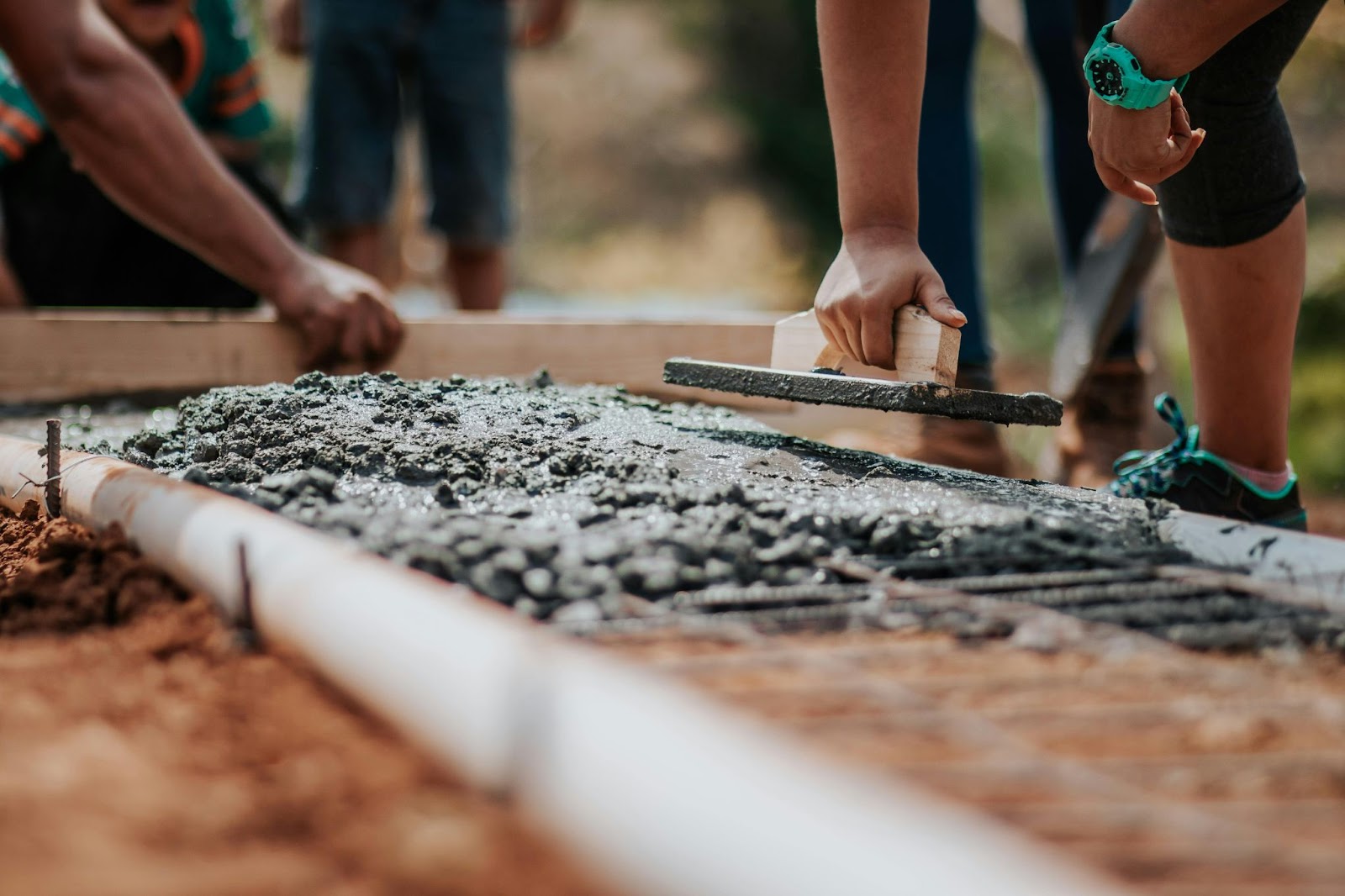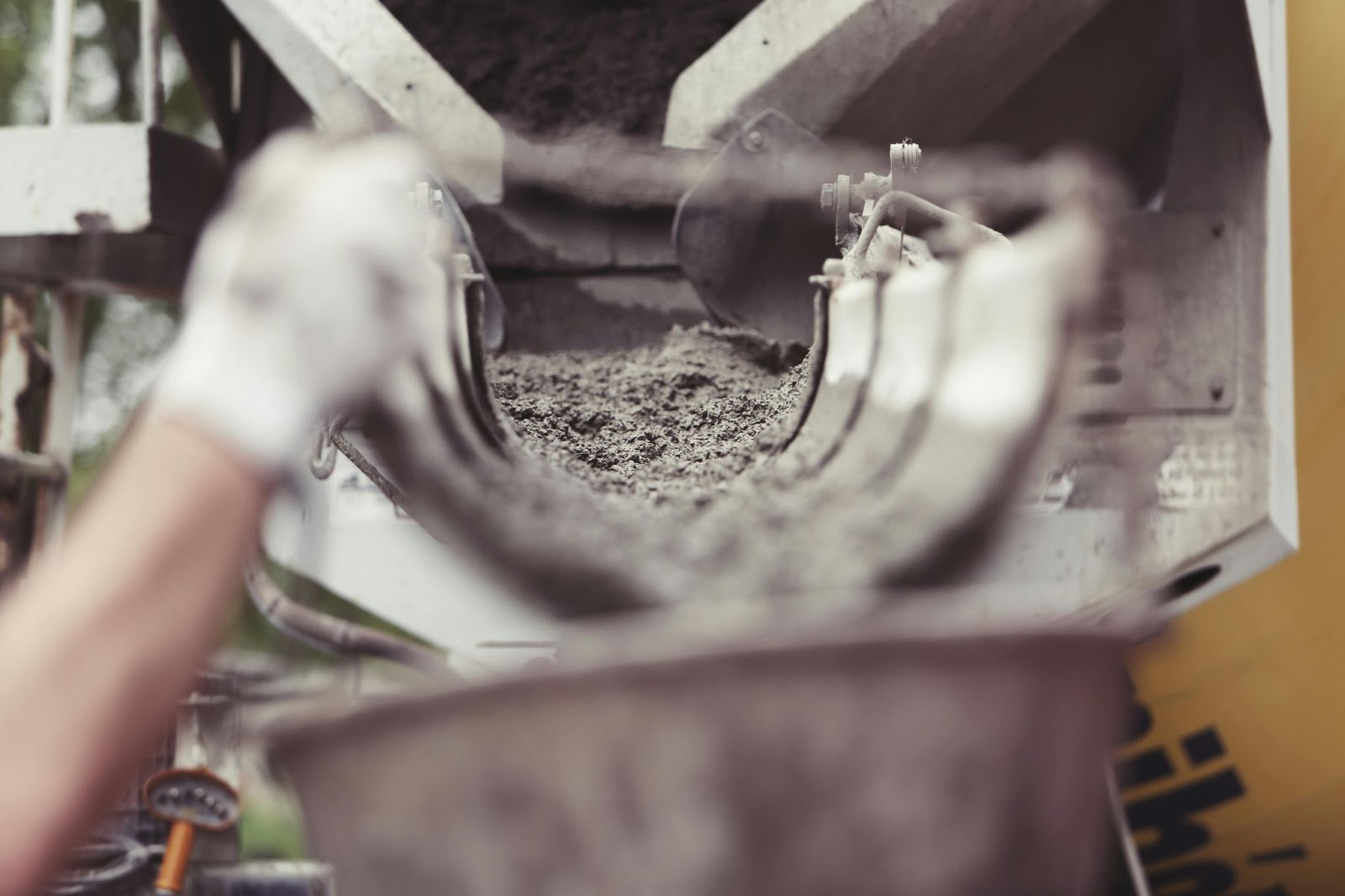 Achieve a Sophisticated Look: Custom Solutions That Meet the Specific Needs and Preferences
Achieve a Sophisticated Look: Custom Solutions That Meet the Specific Needs and Preferences
Stamped Concrete Services
Stamped concrete is a type of concrete that is textured, embossed, or patterned to resemble brick, slate, flagstone, stone, tile, wood, and various other textures and patterns. It is achieved by using special tools that imprint the desired look and texture onto freshly poured concrete. Stamped concrete provides a cost-effective alternative to using authentic materials while still offering a sophisticated and high-end appearance.
- Versatility: Stamped concrete can be customized to suit different styles and preferences, making it a versatile option for various projects.
- Durability: It is highly durable and can withstand heavy traffic, making it ideal for driveways, walkways, and other outdoor surfaces.
- Aesthetics: With a wide range of colors and patterns available, stamped concrete allows for endless design possibilities, adding aesthetic appeal to any space.
- Low Maintenance: Unlike traditional materials like pavers or brick, stamped concrete is easy to clean and requires minimal maintenance to keep its appearance intact.
- Affordability: Stamped concrete offers a cost-effective solution compared to using natural materials, making it a budget-friendly choice for enhancing outdoor areas.
 Design Options in Stamped Concrete
Design Options in Stamped Concrete
Stamped Concrete Services offers a versatile range of patterns and textures that can recreate the look of various materials such as brick, slate, or wood. This versatility allows for creating intricate designs that resemble natural stone or tile without the high costs associated with these materials. Common patterns include cobblestone, herringbone, and ashlar slate, providing homeowners with a plethora of options to suit their aesthetic preferences.
One of the key advantages of stamped concrete is the extensive selection of colors available to customize the look of any project. From earthy tones like tan and brown to vibrant hues like red and blue, the color options are nearly endless. Additionally, mixing and matching colors can create unique combinations to complement the surrounding environment or match existing elements in the outdoor space. This flexibility in color choices allows for endless design possibilities that can cater to diverse stylistic preferences.
 Installation Process of Stamped Concrete
Installation Process of Stamped Concrete
Preparing the site is a crucial initial step in the installation process of stamped concrete. The area must be adequately cleared and leveled to ensure a smooth surface for the concrete to be poured. The site preparation involves removing any debris, rocks, or vegetation that could impact the quality of the final outcome. Additionally, creating proper drainage to prevent water accumulation is essential for the longevity of the stamped concrete.
Once the site is prepared, the next step involves placing the concrete mixture onto the designated area. The concrete is poured evenly to achieve a uniform surface. After the concrete is placed, the stamping process begins. Special molds or stamps are utilized to imprint the desired texture and pattern onto the concrete before it hardens. This step requires precision and expertise to create the intricate designs that mimic natural materials like brick, slate, or tile.
After the concrete has been stamped, curing is essential to ensure proper strength and durability. Curing involves maintaining the moisture of the concrete to aid in the hydration process. This step is critical for preventing cracks and ensuring the longevity of the stamped concrete surface. Once the concrete has fully cured, sealing is done to enhance its appearance and protect it from stains, UV rays, and weather elements. Sealing also helps maintain the color vibrancy and prolongs the life of the stamped concrete.
Stamped concrete services offer a versatile, durable, and aesthetically appealing solution for outdoor spaces. With the ability to mimic various textures and patterns, stamped concrete provides a cost-effective alternative to authentic materials. The customization options, including a wide range of colors and patterns, allow for endless design possibilities. When selecting a stamped concrete service provider, it is essential to verify qualifications such as licensing, insurance, certifications, and industry memberships. Asking pertinent questions and evaluating past work samples are crucial steps in ensuring a successful project. By following these guidelines, individuals can make informed decisions and achieve high-quality results for their stamped concrete projects in residential and commercial settings.